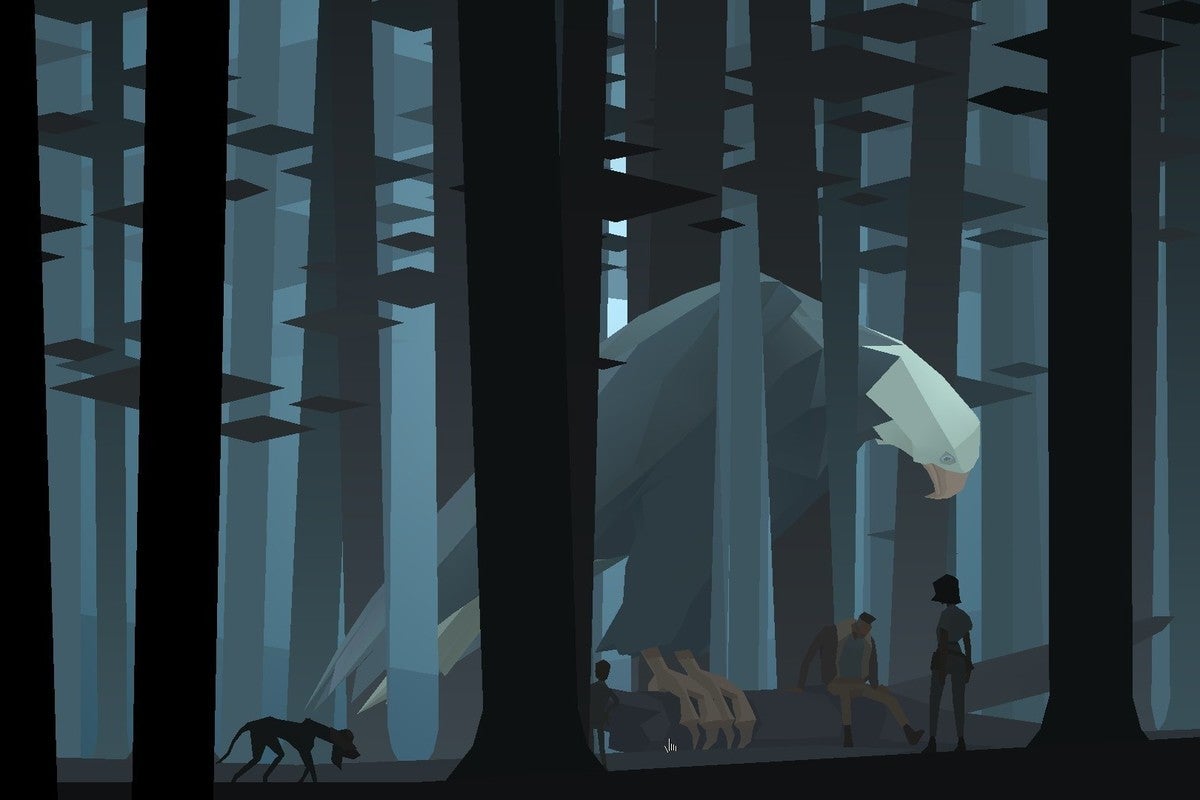
[ad_1]

It’s been one hell of a year, eh? Or one hellish year, whichever you’d prefer. 2020 was already on track to be a weird one for video games, with new consoles just over the horizon. The transition is always awkward, as publishers rush out their last few efforts before the door closes and everyone stops caring about the “old” consoles forever.
But obviously a world in flames has made the release schedule even more volatile than expected. Most of the spring’s big games—Cyberpunk 2077, Vampire: The Masquerade – Bloodlines 2, Wasteland 3, Watch Dogs Legion—were pushed to the end of the year, leaving us to celebrate…Halo 2?
Halo 2 is a hell of a game.
In all seriousness, there have been some good’uns released in the first half of 2020. Not many. Barely enough to put together a top ten list, actually. But there have been some. Below, you’ll find our favorite PC games of 2020 so far, in no particular order.
Mortal Kombat 11: Aftermath
We don’t typically add expansions to our best-of lists, or if we do we reserve them for an honorable mention. But hey, desperate times, right?
Actually, that’s selling Mortal Kombat 11: Aftermath short. Forget the arbitrary restrictions. Aftermath deserves to be on this list, because it’s some of the most fun I’ve had this year. Picking up right where Mortal Kombat 11’s original time-traveling story left off, Aftermath reworks the timeline again. The resulting tale of cause and effect, of grand plans and betrayals, is some of the best storytelling in Mortal Kombat to date, and a fantastic capstone on the current trilogy.
The price is steep. Like, extremely steep. We don’t comment on price often, but $40 to enjoy a two- or three-hour epilogue is a bit hard for even me to swallow. But damn, it’s one hell of an epilogue.
Tales from Off-Peak City, Vol. 1
A single screenshot convinced me to play through all of Cosmo D’s games. In a press release for Tales from Off-Peak City, Vol. 1 there was a shot of a city block, and one of the buildings doubled as an enormous face. “That’s weird,” I thought. “Maybe I should give this a shot.”
[ad_2]
Source link